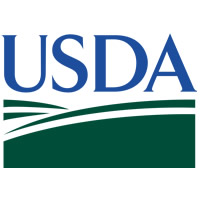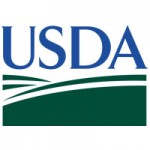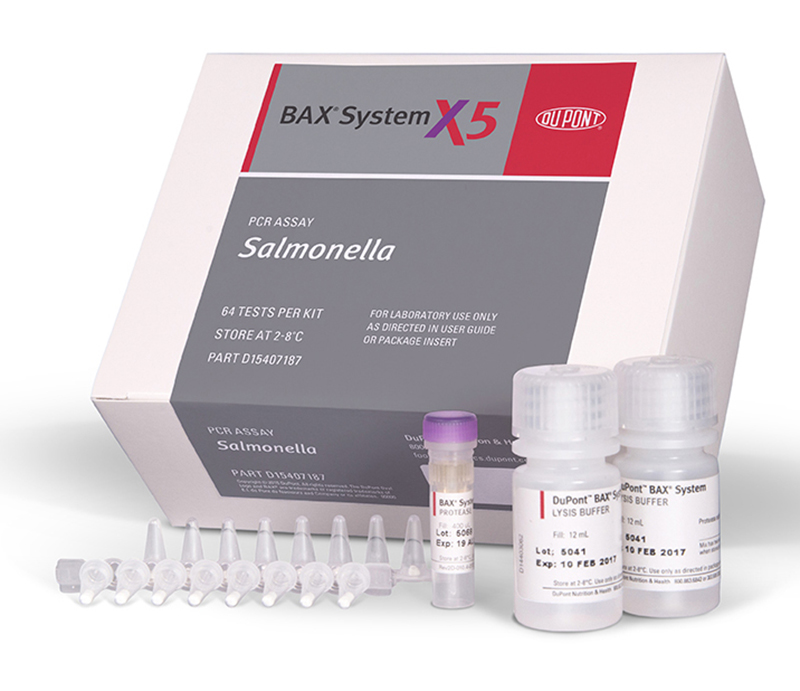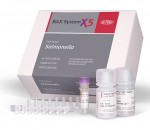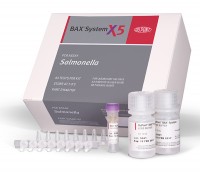There was been a significant uptick in the amount of foodborne illness outbreaks and food product recalls (there were more than 500 food product recalls last year), many of which have been caused by dangerous pathogens. As FSMA plays a role in addressing this alarming trend, FDA is making several policy changes that will only continue to intensify. The agency is conducting microbiological profiling both inside food processing facilities during routine inspections and testing large amounts of food at the retail level. In addition, it has launched criminal investigations against food companies distributing products that have the potential to cause human illness. In many of these cases, company executives did not have direct knowledge that their products were causing, or had the potential to cause, illness. Many investigations involve Listeria monocytogenes (LM) found in food processing environments or in food products in commerce. Under FDA’s new approach, the failure to eliminate sporadic LM findings in the environment can subject companies to criminal liability. The immediate challenge to the food industry is to find a more effective solution to identify and reduce pervasive pathogens in the processing environment using pathogen-reduction technologies, while simultaneously employing written food safety protocols that can provide additional protection against criminal sanctions.
PulseNet Makes Foodborne Illness Link
Following the conclusion of the infamous the Jack-In-The Box outbreak that sickened 600 and killed four people more than two decades ago, the federal government recognized that similar outbreaks were probably occurring throughout the country, but there were no viable means of detection. As a result, the CDC created the PulseNet database, a mandatory foodborne illness reporting system to detect and track outbreaks in real time. From there, when a patient tested positive for a pathogen of concern (such as Listeria Monocytogenes, Salmonella or E. coli O157:H7), his or her doctor had to report that finding to the state health department. Each state requests copies of the isolates and tests them for the specific genetic DNA fingerprint of the pathogen of interest. These fingerprints are uploaded to PulseNet, and when indistinguishable genetic DNA fingerprints are uploaded from multiple victims, the CDC can recognize that an outbreak is emerging. The agency shares this information with FDA and other federal, state and local health departments as they work to determine a common source. Despite the fact that most illnesses uploaded to PulseNet remain unsolved, the database has helped CDC and FDA solve hundreds of outbreaks that have affected thousands of victims.
My subsequent columns will look at the emerging challenges faced by the food industry, including recent federal criminal investigations, some solutions designed to assess environmental contamination and reduce pathogens, and strategies that you can employ to reduce criminal liability.



